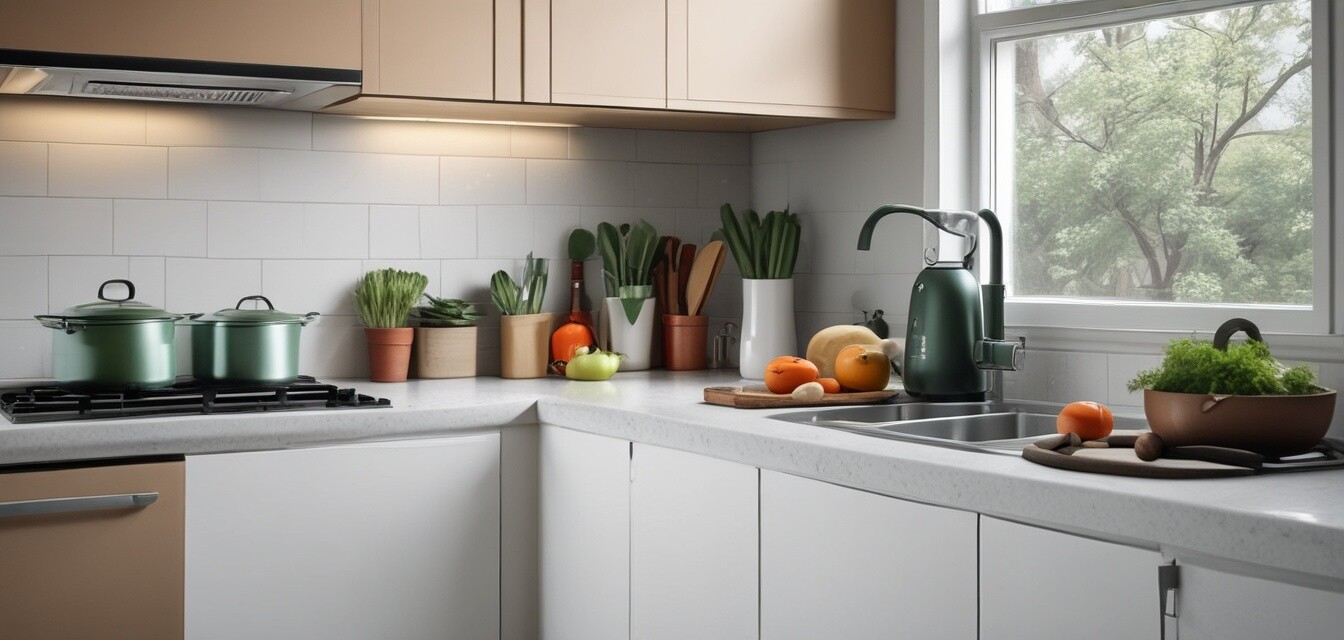
Energy Efficient Cookware: What to Look For
- Material Matters: Choose materials that retain heat well.
- Design Efficiency: Look for cookware with heat-conductive bases.
- Size Considerations: Opt for the right size for your cooking needs to avoid energy waste.
- Compatibility: Ensure cookware is compatible with your cooking method.
- Easy Maintenance: Select cookware that is easy to clean and maintain.
In today’s kitchen, choosing the right cookware can significantly impact energy consumption and cooking efficiency. Energy efficient cookware is not only good for your wallet, but it is also beneficial for the environment. If you're looking for suitable cookware options, this guide will help you understand what to consider when making your decision.
Understanding Energy Efficiency in Cookware
Energy efficient cookware can enhance your cooking by ensuring that heat is used effectively. Efficient cookware can cook food faster, which minimizes energy waste. Here are some important aspects to consider:
1. Materials
Different materials retain and distribute heat differently. Here are some common materials and their properties:
| Material | Heat Retention | Weight | Durability |
|---|---|---|---|
| Stainless Steel | Moderate | Medium | High |
| Cast Iron | Excellent | Heavy | Very High |
| Non-Stick | Good | Light | Moderate |
| Copper | Excellent | Medium | Moderate |
2. Design and Shape
The design of cookware can impact how evenly heat is distributed. Consider the following:
- Flat Bottoms: Ensure the bottom of the cookware is flat for even contact with the heat source.
- Thicker Bases: Look for pots and pans with thicker bases that offer better heat retention.
- Conical Shapes: Cookware with tapered sides can help in reducing cooking time.
3. Size Matters
Choosing the right size of cookware is essential in minimizing energy waste. Here's what you need to know:
- Choose cookware that fits your cooking needs.
- Medium to large pots are usually better for cooking larger meals efficiently.
- Avoid using oversized pans for small batches as it wastes energy.
Energy Efficient Cookware Types
Each type of cookware has its pros and cons. Below is an overview of popular types:
| Type | Pros | Cons |
|---|---|---|
| Cast Iron | Excellent heat retention, very durable | Heavy, requires seasoning |
| Stainless Steel | Durable, non-reactive | Poor heat conduction unless layered |
| Non-Stick | Easy to clean, good for low-fat cooking | Less durable, can scratch easily |
| Copper | Excellent heat conductor | Can be pricey, requires polishing |
Choosing Cookware for Different Cooking Methods
Your cooking method may dictate the type of cookware you use. Here’s a brief look:
- Cooktops: Consider high-quality stainless steel or cast iron.
- Ovens: Opt for bakeware made from glass, ceramic, or cast iron.
- Grilling: Heavy-duty non-stick or cast iron pans work well.
Maintenance of Your Cookware
Maintaining your cookware can extend its lifespan and efficiency. Follow these tips:
Tips for Cookware Maintenance
- Hand wash your cookware whenever possible.
- Avoid abrasive scrubbers on non-stick surfaces.
- Regularly inspect for chips, cracks, or warping.
- Store cookware properly to avoid scratches.
FAQs About Energy Efficient Cookware
Here are some common questions about energy-efficient cookware:
1. Is expensive cookware always better?
Not necessarily. While higher-priced cookware often has better materials and durability, you can still find effective options at lower price points.
2. How often should I replace my cookware?
Generally, it’s best to replace cookware when it shows signs of wear, like scratches in non-stick surfaces or warping in pots and pans.
3. Can I use metal utensils in my cookware?
This depends on the type of cookware. Use silicone or wooden utensils on non-stick surfaces to avoid scratches.
Pros
- Improves energy efficiency
- Enhances cooking experience
- Long-lasting and durable options
Cons
- Some options can be expensive
- May require special care or maintenance
Final Thoughts
Choosing energy-efficient cookware is an important decision that influences not only your cooking experience but also energy consumption in your kitchen. By considering factors such as materials, design, size, and maintenance, you can make a wise investment in your cooking future.
For more tips and guides on selecting efficient appliances, you can explore our [Buying Guides](/blog/buying-guides) for a range of home and kitchen products.
